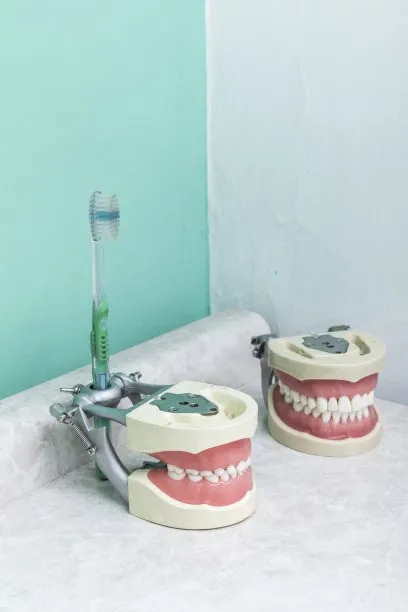Revolutionary Advances in Dental Implant Treatment Enhancing Oral Health and Restoring Smiles for All Ages
Summary: The advent of revolutionary advancements in dental implant treatments has transformed oral health care, enabling even the most challenging cases to achieve functional and aesthetic solutions. These innovations not only enhance the quality of life for individuals of all ages but also foster social interactions through improved self-esteem. This article delves into four crucial aspects: improved techniques, personalized treatment approaches, advancements in materials, and the role of technology in implantology. Each of these elements contributes significantly to the restoration of smiles and enhancement of oral health, underscoring the importance of ongoing research and development in the field.
1. Improved Techniques in Implantology

Recent advancements in dental implant techniques represent a significant leap forward in enhancing oral health. Traditional methods often involved invasive procedures with prolonged recovery times. However, new techniques such as minimally invasive implant placements reduce trauma to surrounding tissues, leading to quicker healing times for patients.
These improved techniques also include the use of guided surgery, which utilizes advanced imaging technologies to ensure precise placement of implants. This not only improves the success rate of the procedures but also allows for better planning and execution, ensuring each implant fits perfectly within the patients oral landscape.
Furthermore, soft tissue management techniques have improved, addressing one of the most critical aspects of successful implant placement. By focusing on the health of gum tissue prior to and after implant surgery, dentists can enhance both the functionality and aesthetics of dental implants, providing a more natural appearance and feel.
2. Personalized Treatment Approaches
The shift towards personalized treatment in dental implantology has revolutionized how dental professionals address individual patient needs. Each patients anatomy, health history, and aesthetic desires are now considered paramount in formulating a tailored treatment plan.
This personalized approach can include customized implants designed to fit the unique anatomical features of each patient. Dental professionals utilize advanced imaging and modeling techniques to create implants that not only match the color and shape of natural teeth but also fit snugly in the jawbone, optimizing stability and comfort.
Moreover, individualized care extends to post-operative support, with ongoing assessments and adjustments ensuring that patients achieve the best long-lasting outcomes. Such a tailored approach empowers patients, giving them a significant role in their oral health journey.
3. Advancements in Implant Materials
The materials used in dental implants have also witnessed remarkable advancements. Traditionally, titanium was the material of choice due to its strength and biocompatibility. However, new materials such as zirconia are gaining popularity for their aesthetic benefits and resistance to staining.
Zirconia implants offer a tooth-colored option that blends seamlessly with natural teeth, making them particularly appealing for front teeth restorations. This innovation ensures that patients do not only benefit from functional implants but also from aesthetic improvements that enhance their overall smiles.
In addition to the material, surface treatments have been developed to enhance osseointegration, the process by which the implant fuses with the jawbone. These surface modifications promote better cell adhesion and growth, significantly increasing the success rates of dental implants and reducing the risk of complications.
4. Technologys Role in Implantology
Technology has played a pivotal role in transforming dental implant treatments into a streamlined and precise practice. The use of 3D printing, for instance, allows for the creation of highly accurate models for planning and manufacturing custom implants tailored to individual patients.
Moreover, the implementation of digital workflows signifies a major evolution in the field, enabling seamless communication between dental professionals and laboratory technicians. This integration improves the overall efficiency of the treatment process, enhancing outcomes and patient satisfaction.
The use of artificial intelligence in diagnosis and treatment planning is another exciting advancement. AI algorithms analyze vast datasets to assist practitioners in determining the best treatment protocols, predicting potential complications, and customizing care to ensure the best possible results for patients.
Summary: The recent advancements in dental implant treatments highlight the industry’s commitment to improving oral health and enhancing smiles for all ages. By embracing improved techniques, personalized care, innovative materials, and cutting-edge technology, dentists are better equipped to meet the diverse needs of their patients. The future of dental implantology looks promising, with continued research and innovation paving the way for even more effective and aesthetically pleasing solutions.
This article is compiled by Vickong Dental and the content is for reference only.



